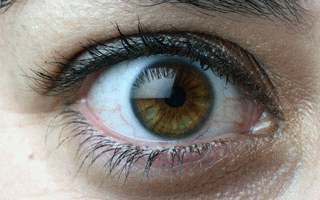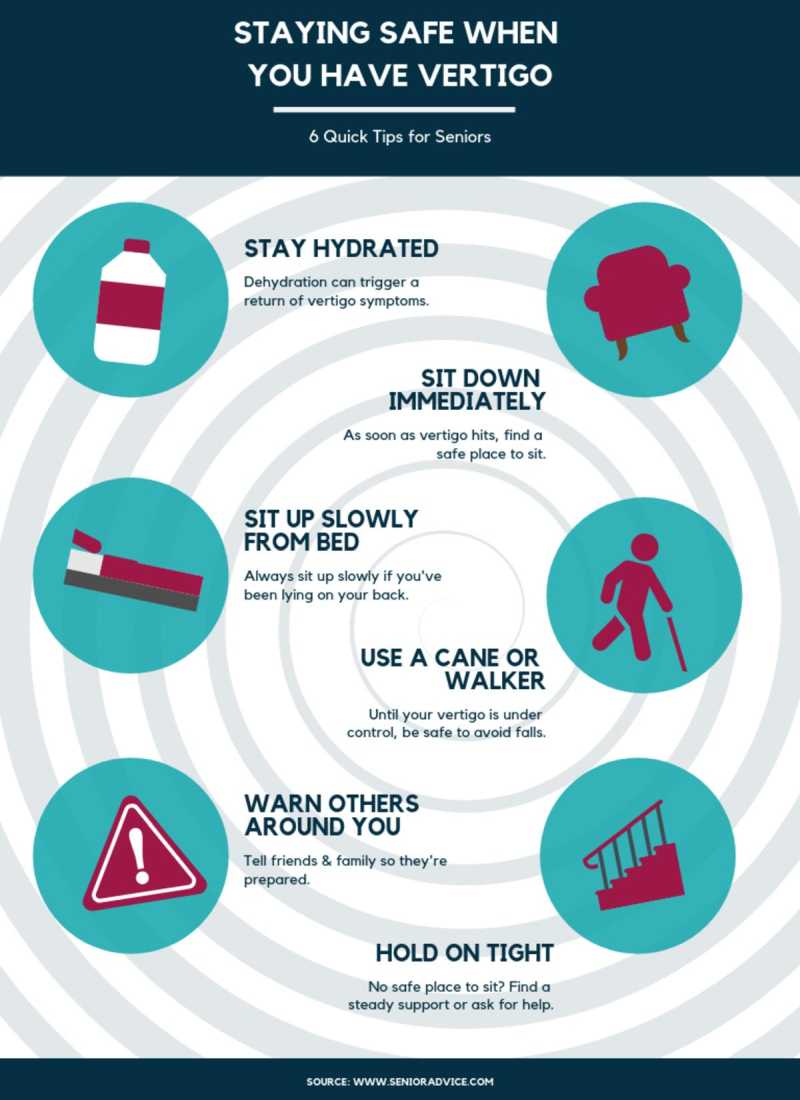

Nystagmus (rapid, involuntary eye movements).It may be accompanied by other benign paroxysmal positional vertigo symptoms, including: This vertigo sensation can range from mild to severe and may last seconds, or up to 1 minute. What are the symptoms of benign paroxysmal positional vertigo? In some cases, months - or even years - go by before another episode occurs. However, until it’s successfully treated, it can come back. Is BPPV permanent?īPPV usually goes away on its own. In fact, approximately 20% of people who are evaluated for dizziness are diagnosed with BPPV. How common is BPPV?īenign paroxysmal positional vertigo is the most common inner ear disorder. About half of all people in this age range experience at least one episode of BPPV in their lifetime.īPPV can affect children, but it’s rare. Who does benign paroxysmal positional vertigo affect?īPPV can affect people of all ages, but it’s most common in adults over the age of 50.


The unsteadiness of BPPV can lead to falls, which are a leading cause of fractures. (It could take several weeks for some people.) However, the symptoms of BPPV can be very frightening and may be dangerous, especially in adults over the age of 65. With BPPV, changes in your head position - such as tipping your head backward or sitting up in bed - lead to sudden vertigo (a feeling that the room is spinning).īPPV isn’t a sign of a serious problem, and it usually disappears on its own within a few days of the first episode. What is benign paroxysmal positional vertigo (BPPV)?īenign paroxysmal positional vertigo (BPPV) is a common inner ear disorder. BPPV can happen when otoconia (calcium carbonate particles) from the utricle get trapped in the semicircular canals of your inner ear.


 0 kommentar(er)
0 kommentar(er)
